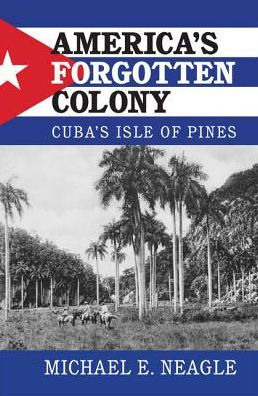America's Forgotten Colony examines private US citizens' experiences on Cuba's Isle of Pines to show how American influence adapted and endured in republican-era Cuba (1902–58). This transnational study challenges the notion that US territorial ambitions waned after the nineteenth century. Many Americans, anxious about a 'closed' frontier in an industrialized, urbanized United States, migrated to the Isle and pushed for agrarian-oriented landed expansion well into the twentieth century. Their efforts were stymied by Cuban resistance and reluctant US policymakers. After decades of tension, however, a new generation of Americans collaborated with locals in commercial and institutional endeavors. Although they did not wield the same influence, Americans nevertheless maintained a significant footprint. The story of this cooperation upsets prevailing conceptions of US domination and perpetual conflict, revealing that US-Cuban relations at the grassroots were not nearly as adversarial as on the diplomatic level at the dawn of the Cuban Revolution.



